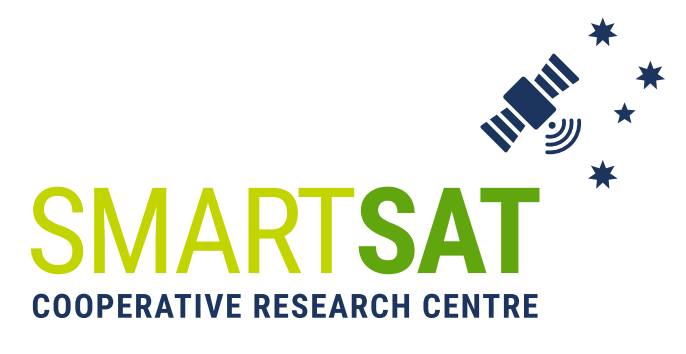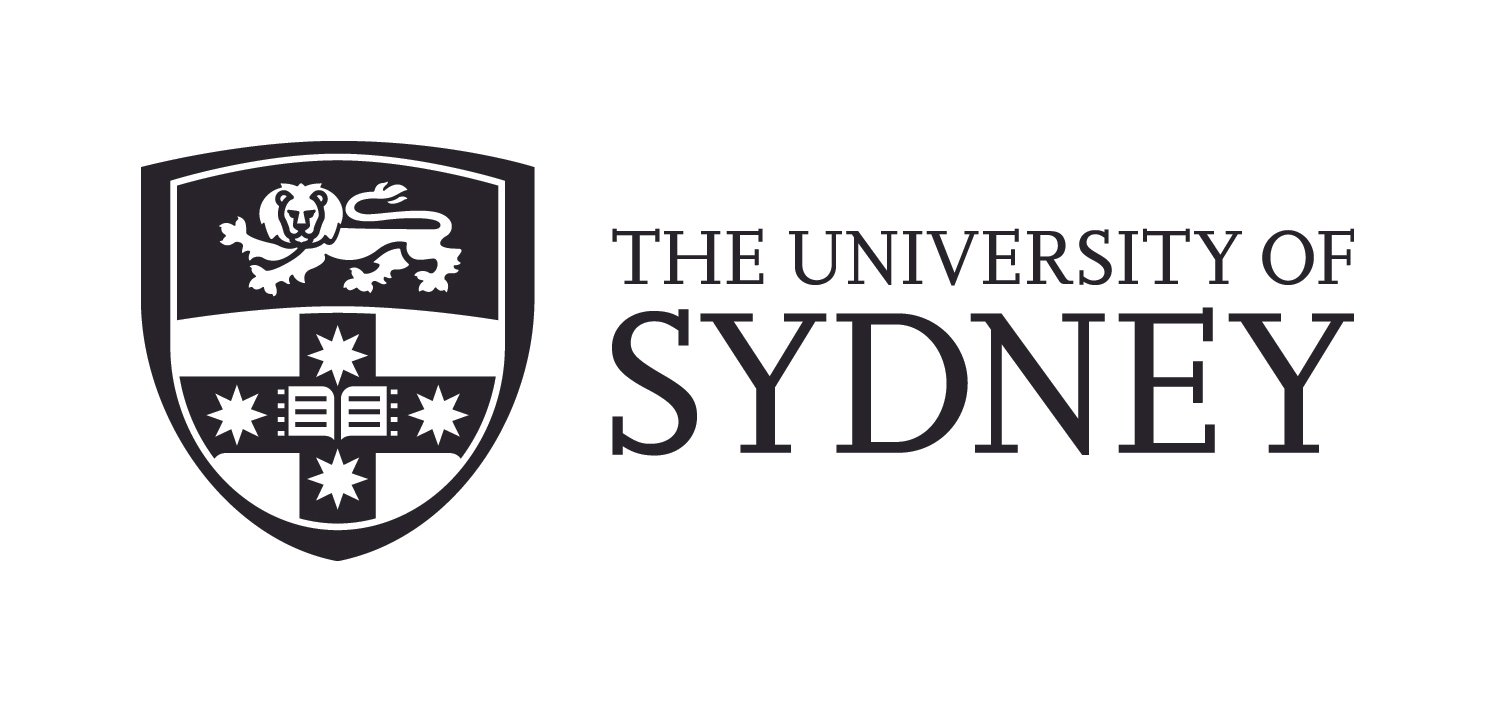
Modelling Thermal Comfort Indices for Greater Sydney
The Challenge
In Sydney, the summer urban surface temperature in treeless areas has been observed to be up to 13⁰C higher than adjacent vegetated non-urban areas. Heat waves are already seriously impacting urban liveability, leading to increases in water demand and increase risks of negative health and productivity outcomes.
Outdoor human thermal comfort is a key metric to assess the level of satisfaction a person experiences with their thermal environment, and in this case, the physiological stress as a result of experienced heat. Its calculation requires environmental data such as air temperature, humidity and wind speed in conjunction with radiant heat.
However, radiant heat is highly dependent on the urban typology it’s measured in – current outdoor human thermal comfort metrics supplied by the BoM are calculated using data from sparsely spaced weather stations, which includes the measurement of radiant heat using a black globe thermometer.
Currently, it’s impossible to get a true visual on how different urban topologies in Sydney affect outdoor human thermal comfort, at the spatial and temporal scale required to inform better decision making on behalf of policy makers, urban planners, utilities and residents to mitigate the effects of heat stress experienced.
The Solution
There is a need to provide real time, high spatial resolution outdoor human comfort data that can capture how radiant heat can change depending on the amount of urban greening, irrigation, change of the seasons, and most importantly, the evolution of Sydney’s development over time.
The University of Sydney, in partnership with Sydney Water and Smartsat-CRC have begun work on a collabrative project to characterise urban heat around the Greater Sydney Region using earth observational imagery, land segmentation and ground truth data.
A model will be developed using gathered site data around Sydney, from an assortment of environmental sensors measuring radiant heat, air temperature, soil moisture and humidity. In parallel, a machine learning algorithm to segment Greater Sydney into distinct urban topologies will be developed. This will be computed at the edge on a nano-satellite, where periodic earth observation updates of Sydney’s continually evolving terrain will allow for dynamic, and scaled outdoor human thermal comfort calculations.



